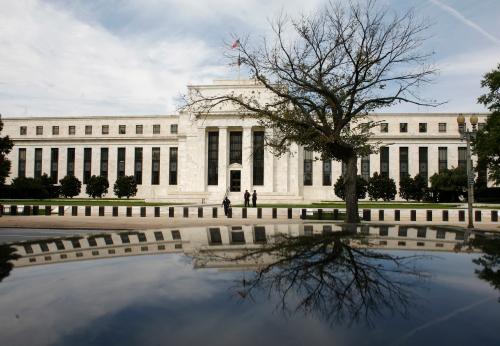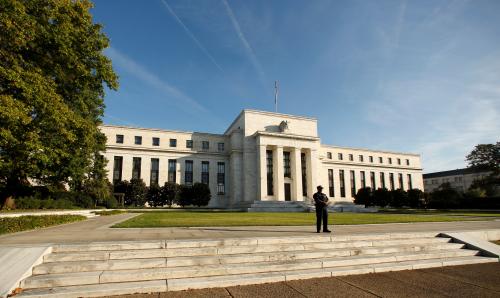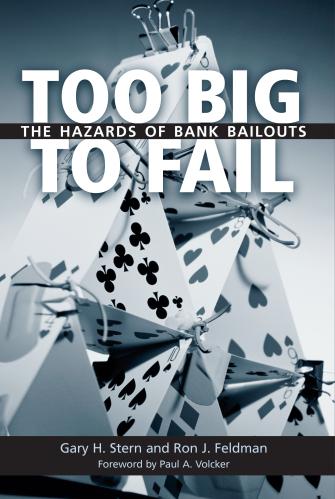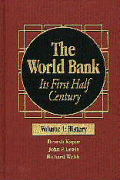This article originally appeared in the Wall Street Journal on November 28, 2017.
Communicating beyond markets and Congress to the broader public was never a priority for Federal Reserve chairmen Paul Volcker or Alan Greenspan. It took an epic financial crisis before Ben Bernanke went on “60 Minutes” to talk to ordinary Americans. Academic tomes on central bank communications focus more on yield curves than on winning the public’s trust.
A lot has changed; more change is needed.
Here’s what Bank of England Gov. Mark Carney said on a panel I recently moderated: “When you look at what we put out – a 50-page inflation report, 15-page speeches with lots of charts – expert audiences read them, understand, digest, respond to them. That’s true, but that’s not the way to communicate with the general public, and it’s not a sustainable form of communicating in a world that has had enough of experts.”
“We’re speaking to the people we serve first; markets in parallel or second,” he said. That is a long way from what Montagu Norman, BOE governor from 1920 to 1944, supposedly said: “Never explain. Never excuse.”
With the rise of populism, the U.K.’s expert-shunning Brexit vote, and the hostility of much of the German establishment to the European Central Bank, central bankers are putting more effort into reaching the public. Central bank communication is a means not only to enhance the effectiveness of monetary policy (the academic view) but also “helps to rebuild trust and reinforces public support for central bank independence,” Christine Graeff, the ECB’s communication director, said.
Reaching a broader audience takes many forms. Some central bankers hold town hall meetings far from headquarters. Others engage critics on Twitter (see @neelkashkari) “Three hundred thousand people read the Financial Times,” Mr. Carney observed. “There are 30 million Facebook users in the U.K. So just using different channels tells you orders of magnitude of (what) you can achieve.” In a remarkable (for central banks) move, the BOE explained the rationale for a recent interest rate increase in an online graphic with short, jargon-free sentences. A few regional Fed banks have upped their public outreach; not so much the Fed headquarters in Washington. As Fed Chairwoman, Janet Yellen did an online town hall meeting with teachers and visited a couple community colleges, but most of her speeches have been aimed at sophisticated listeners. Her designated successor, Jerome Powell, gets a chance to show if he is more focused on reaching the broader public at his Senate confirmation hearing today [Tuesday, Nov. 28].
Public confidence in elected politicians has ebbed. Parliaments are polarized or paralyzed. Trust in institutions of all sorts has eroded. Independence allows central banks to pursue essential, if unpopular, policies. But that power can make them politically vulnerable. Preserving their independence demands that central banks demonstrate, with both policy and communications, that they understand that their ultimate constituency is (or at least ought to be) not markets or banks, but the economy as a whole and the people who live in it.
The Brookings Institution is committed to quality, independence, and impact.
We are supported by a diverse array of funders. In line with our values and policies, each Brookings publication represents the sole views of its author(s).









Commentary
Op-edCentral bank communications evolving, but has a ways to go
November 29, 2017